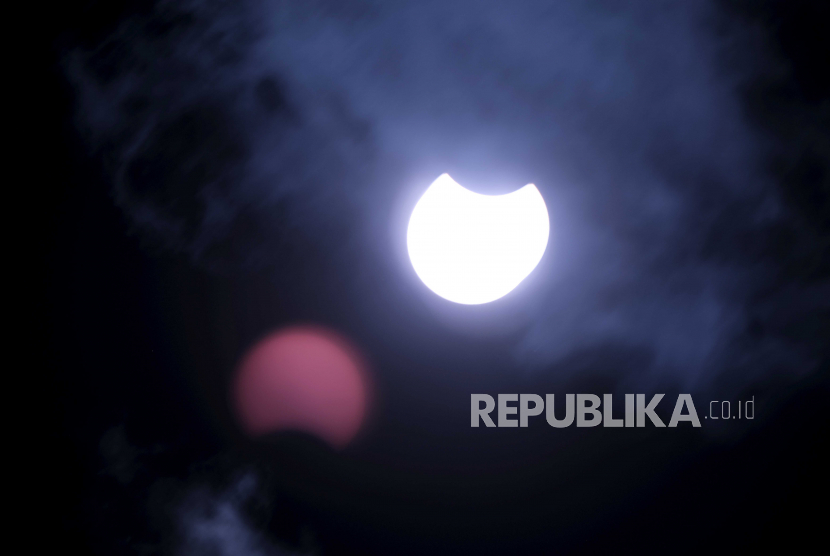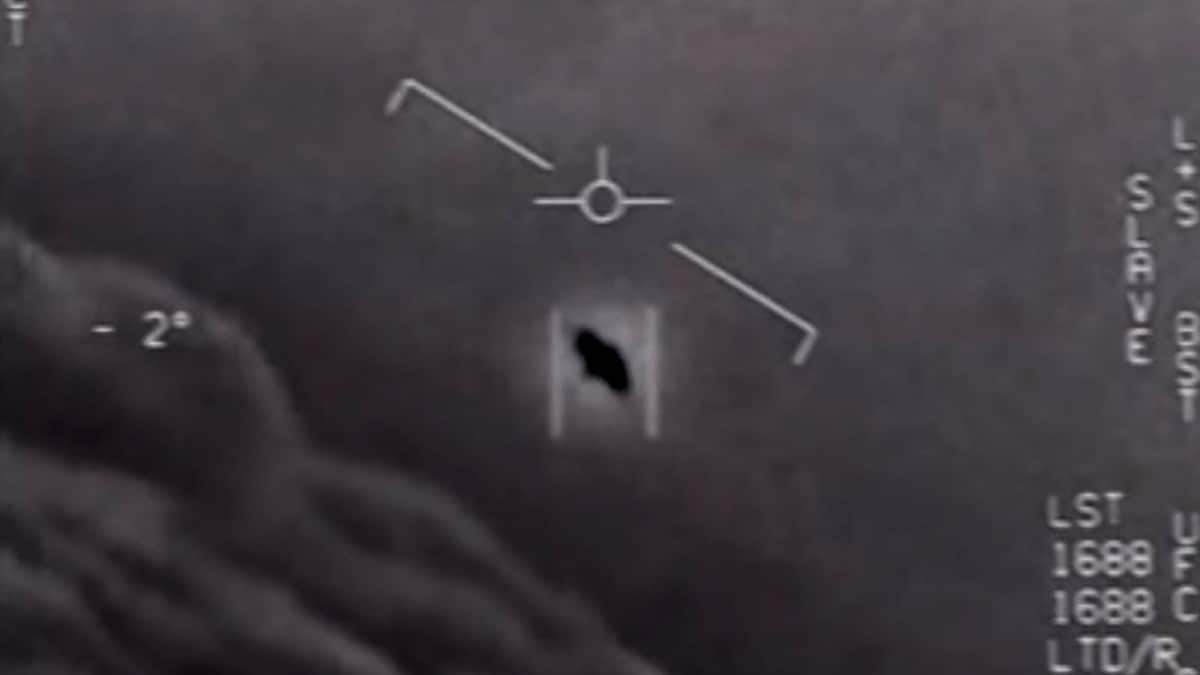Scientists look at 14 years of solar eclipse data to study the corona.
REPUBLIKA.CO.ID, JAKARTA — A research team led by Shadia Habbal from the University of Hawaii discovered that something was wrong while observing the corona for a long time. solar eclipse total. The temperature of the region where the solar wind originates does not change throughout the solar cycle, although the temperature of the magnetic plasma that makes up the structures within the corona can be erratic.
Researchers on Habbal’s team, Benjamin Boe, found some unexpected things in high-resolution images of solar eclipses over 14 years. The results of his team’s research were recently published in Astrophysical Journal Letters.
“The thing that struck me the most was the number of fine-scale structures we could see in the corona,” Boe said SYFY WIRE on Friday (25/6).
“This suggests that most of the corona is not closed, but actually opens magnetic field lines that extend out into space,” Boe continued.
Boe said most previous models assumed that most of the field lines around the sun were covered. The sun is thought to behave like any other gas because it is essentially a giant ball of plasma floating in space. The solar wind is propelled through space by phenomena such as flares and coronal mass ejections.
“This can seriously disrupt the power grid on Earth, disrupt satellites, and be a hazard to astronauts on the ISS (international space station-ed),” said Boe.
The researchers discovered the temperature of the region that generates the solar wind when they studied two types of iron ions that are common in the corona. They saw that relatively colder particles make up the solar wind, and this has barely changed over the 11-year solar cycle.
They tend to zoom in at about 185-435 miles per second. Boe believes the evidence means that whatever heats the corona and the solar wind doesn’t really care about the cycle, as it appears to be doing whatever it wants.
“The fact that we find essentially the same ion always dominant implies that the warming of the solar wind is somewhat insensitive to the solar cycle,” said Boe.
A total solar eclipse will occur approximately every half year. Sometimes even the coronagraph can’t see how far the entire corona reaches space. That’s why Habbal’s team relies on eclipses and observes them everywhere from Oregon to Mongolia to the Arctic.
“Our goal is to provide a robust observational context and constraints for future modeling efforts to use, which will then address the heating mechanism,” said Boe.
The next total solar eclipse will occur on December 4 this year, but you won’t be able to see it anywhere around here. You must be at least in Antarctica to try to see it.
– .


